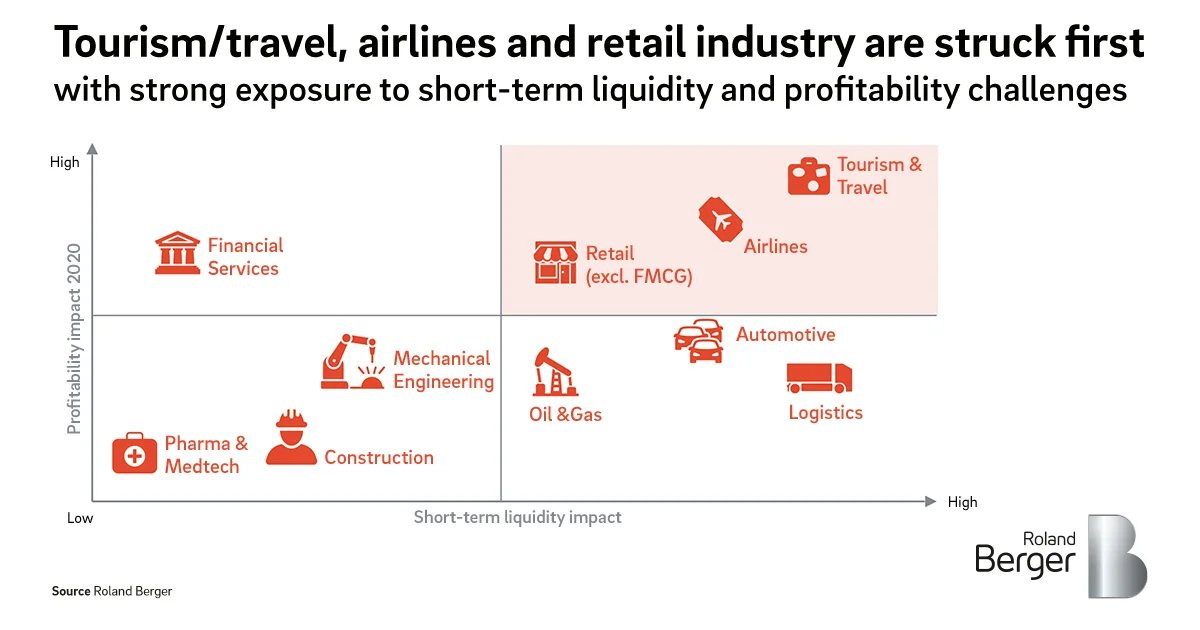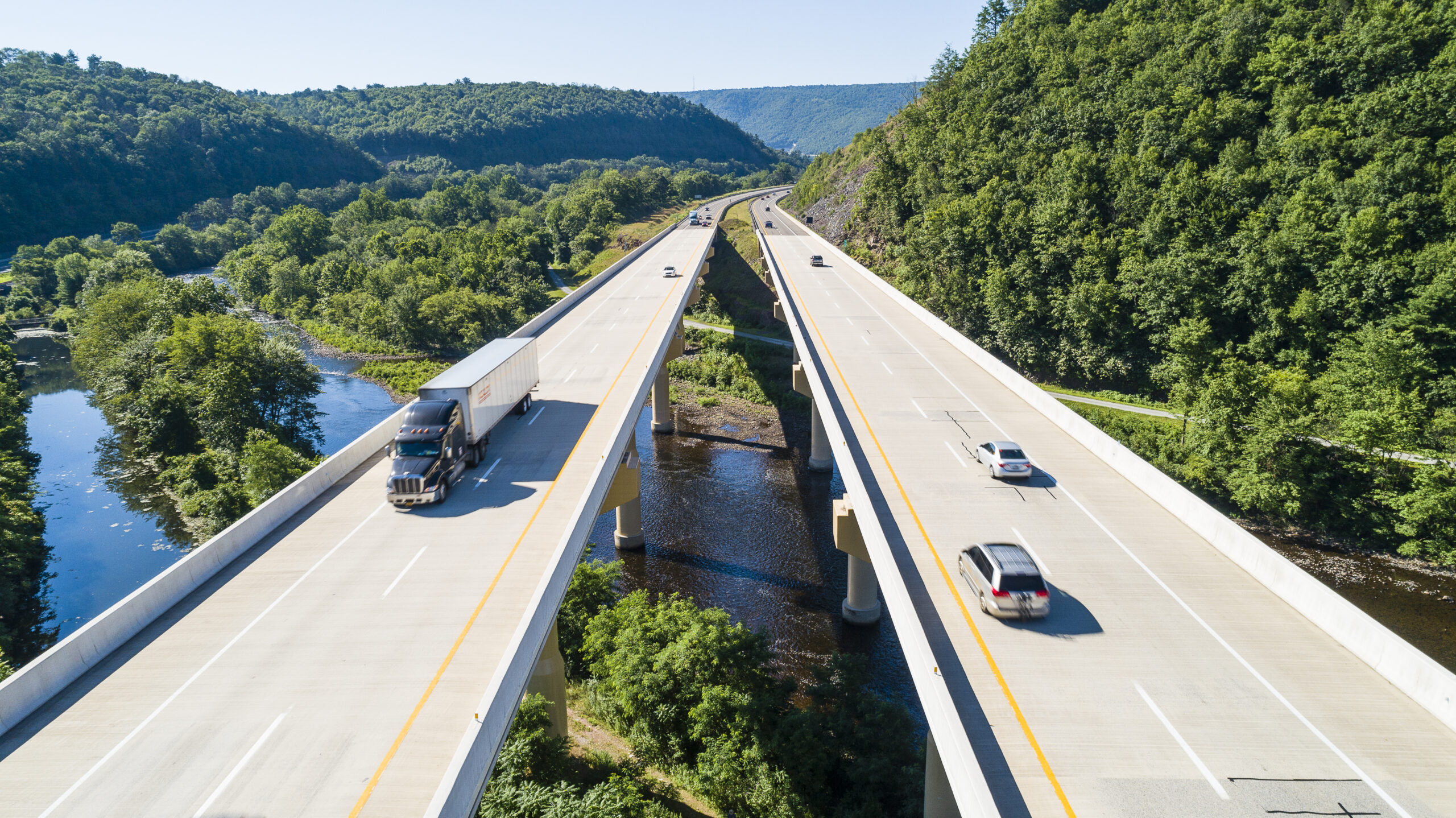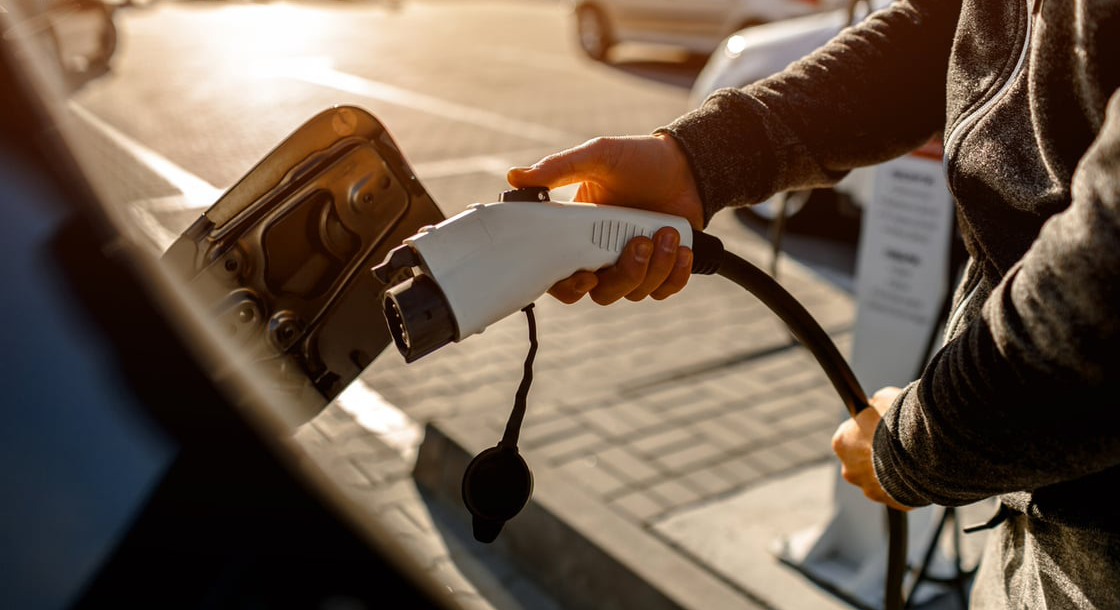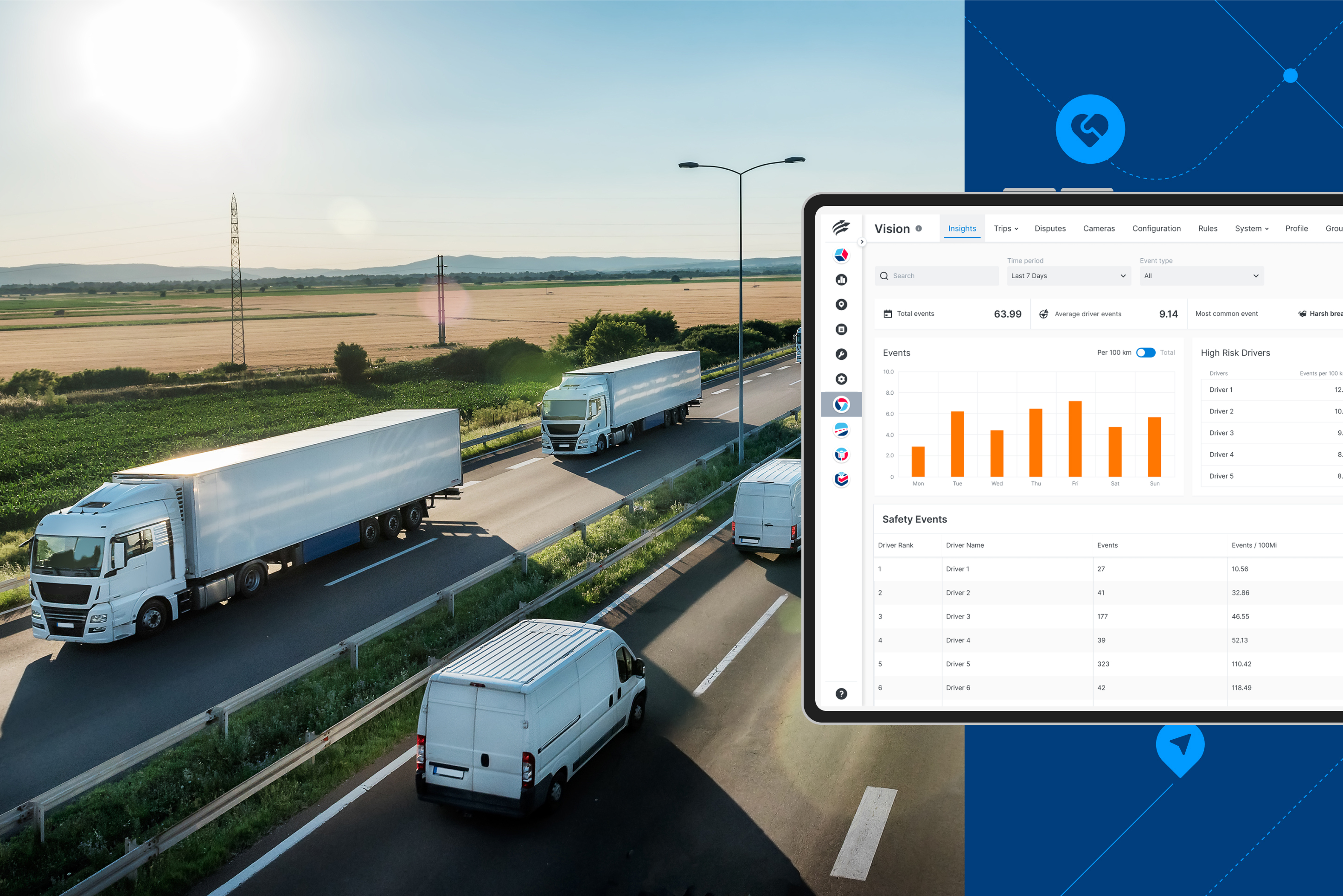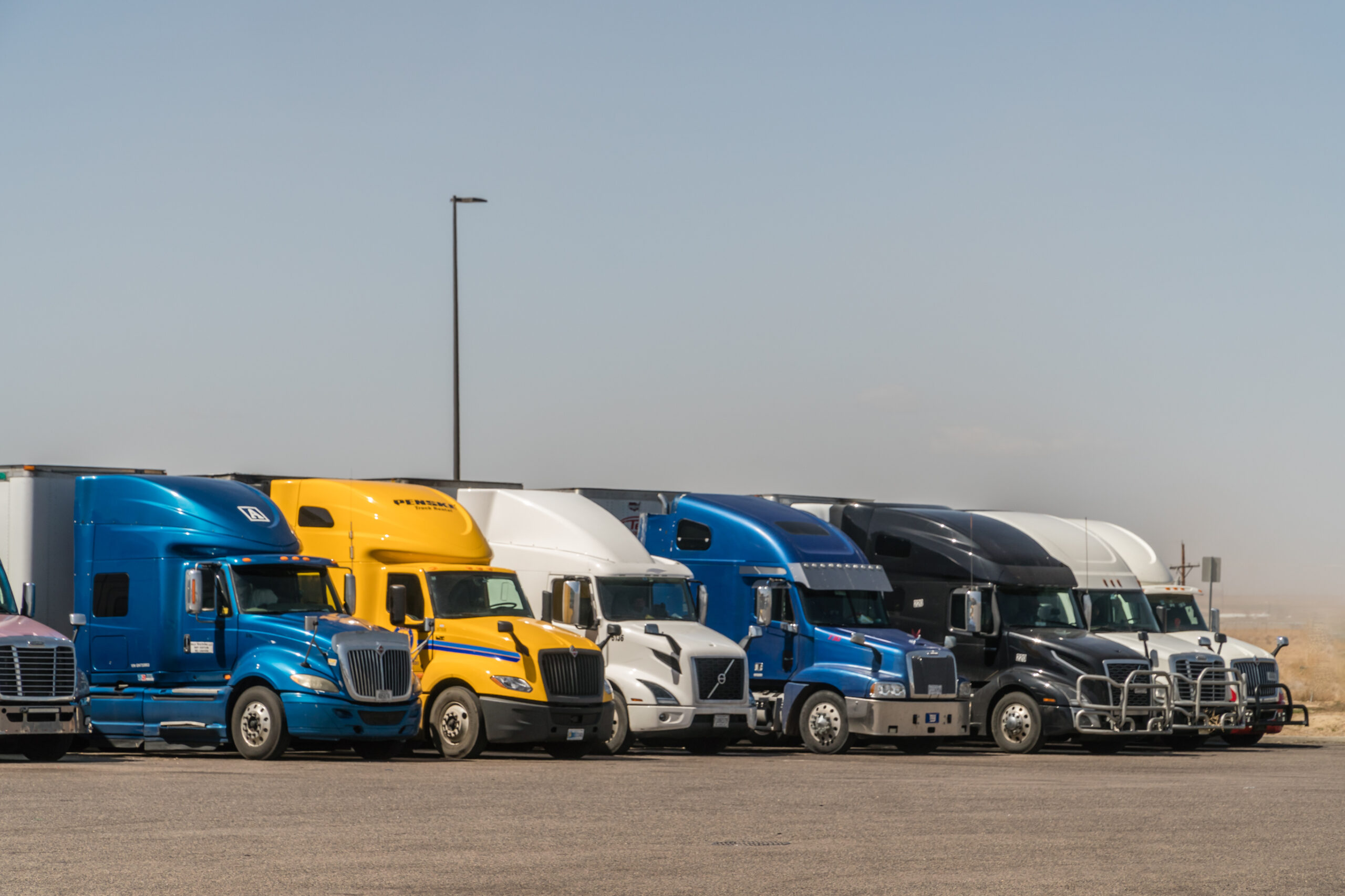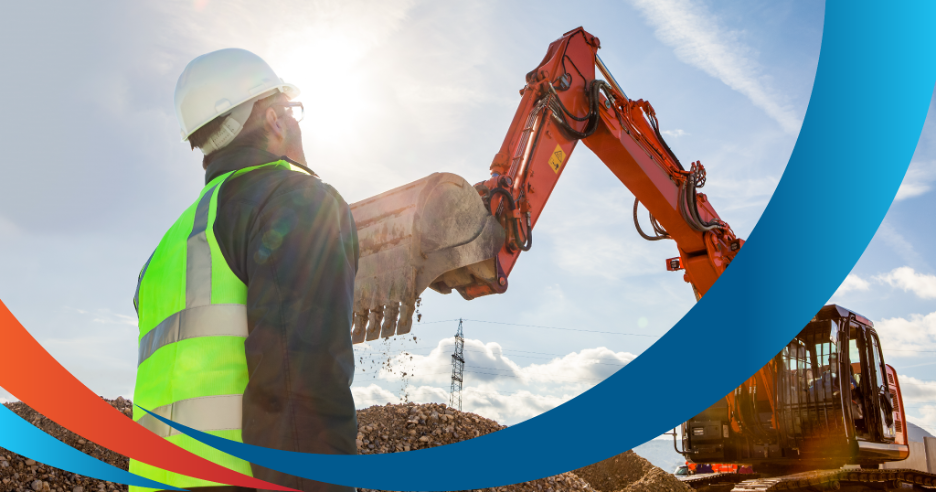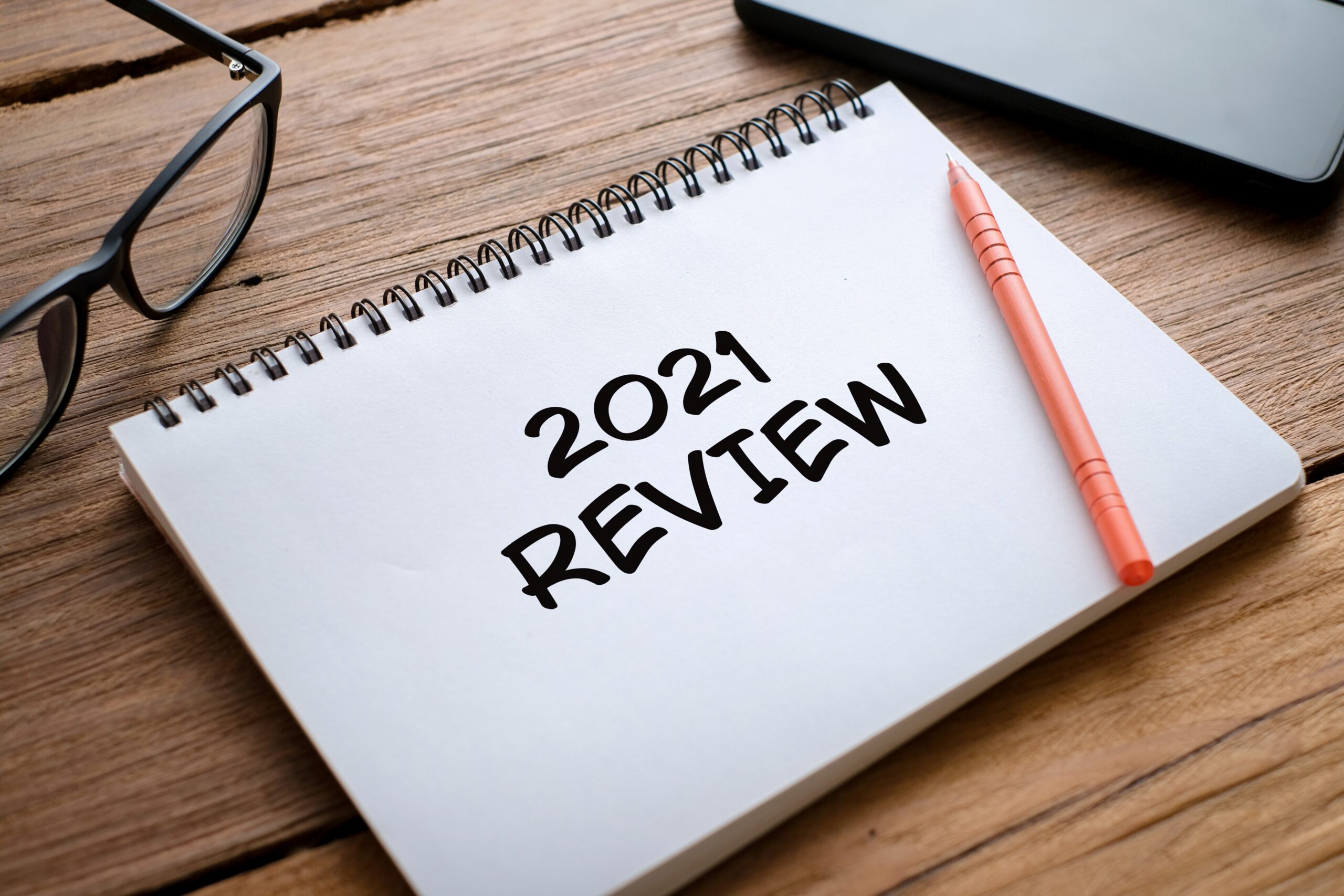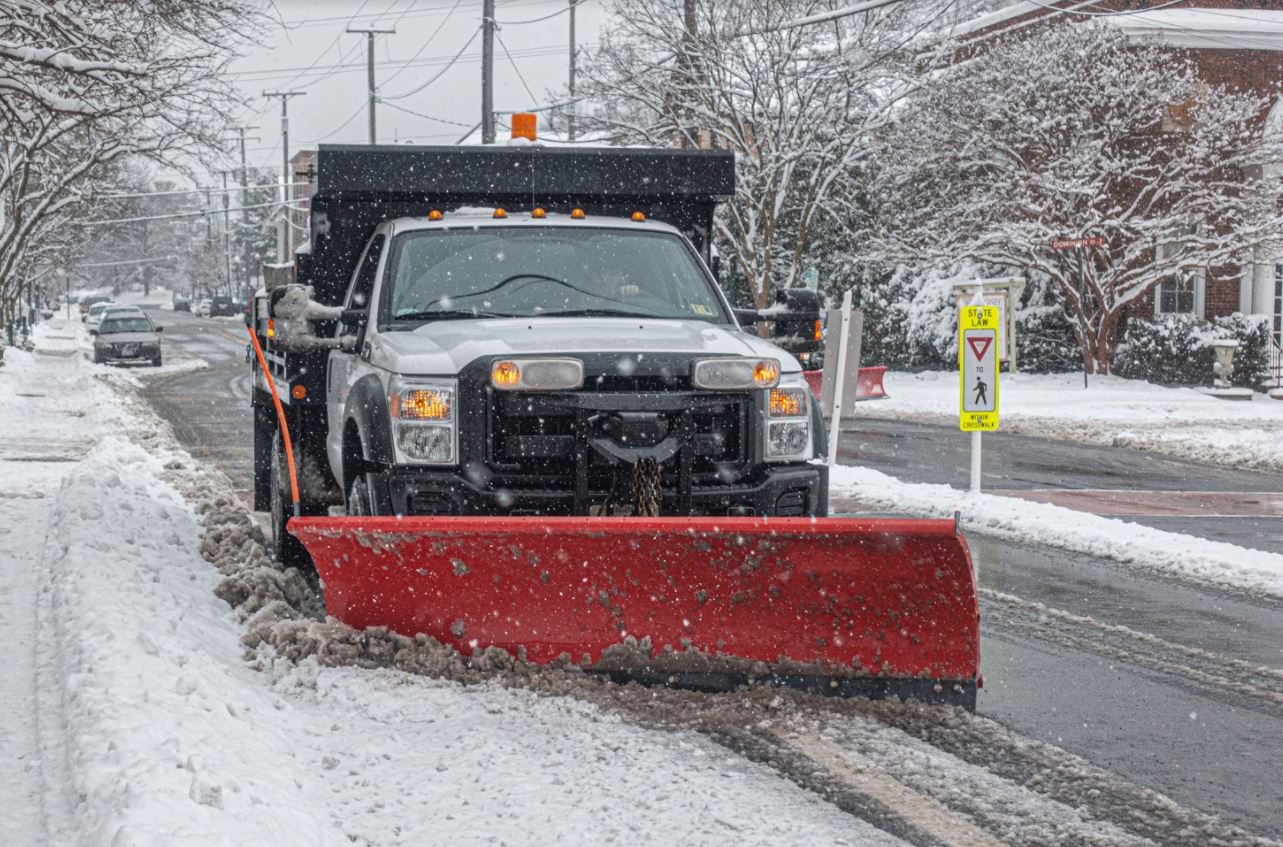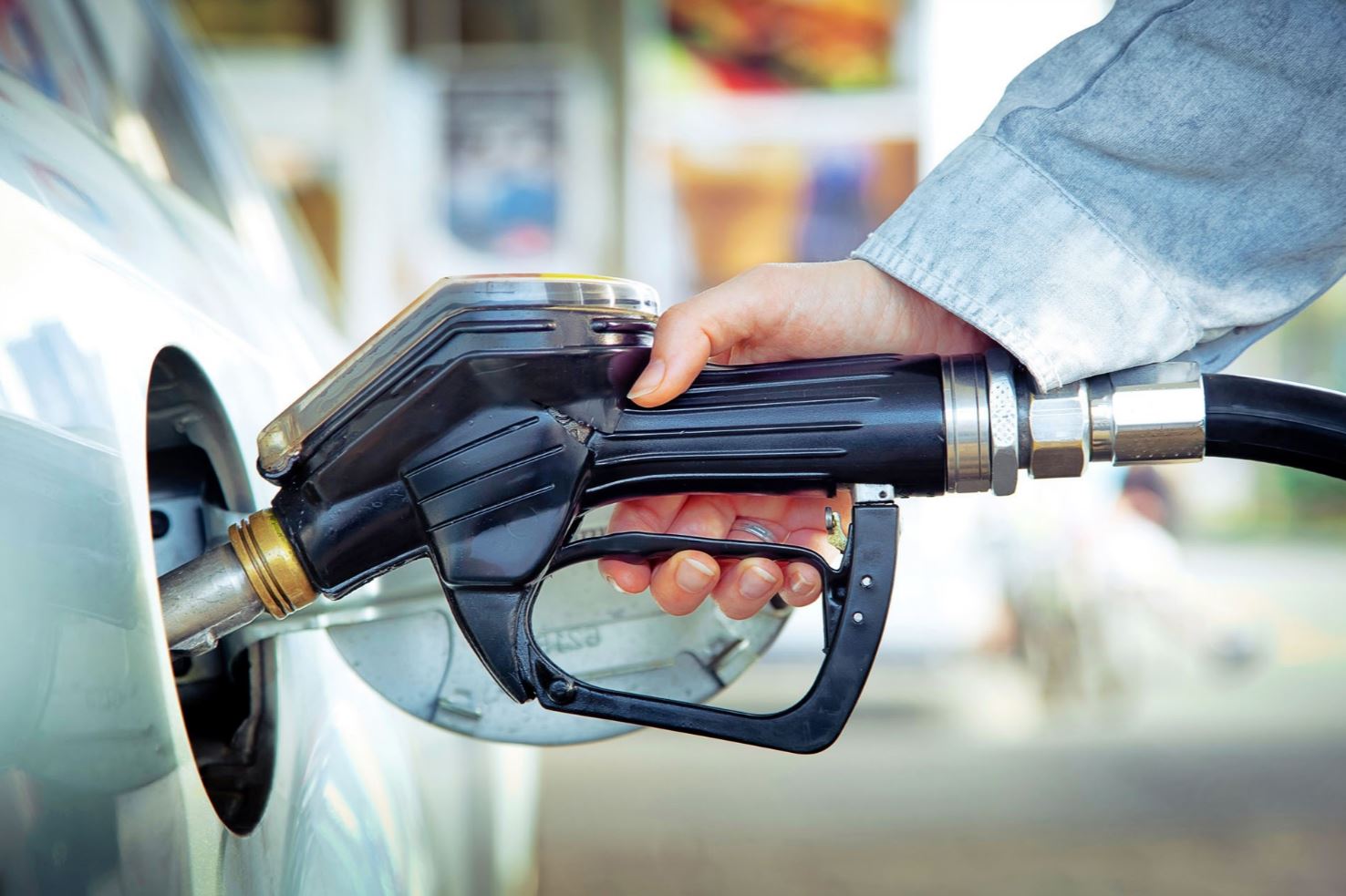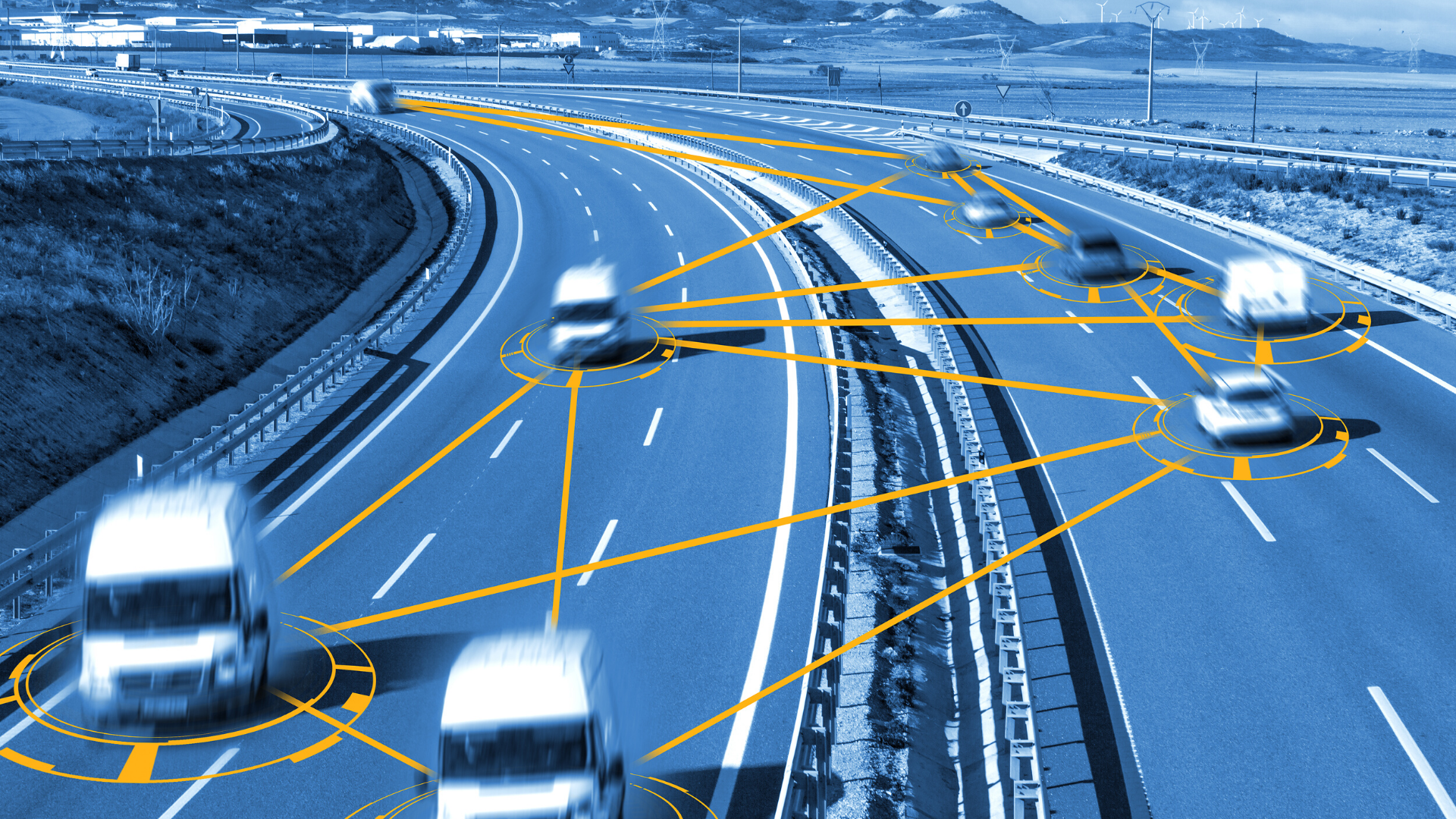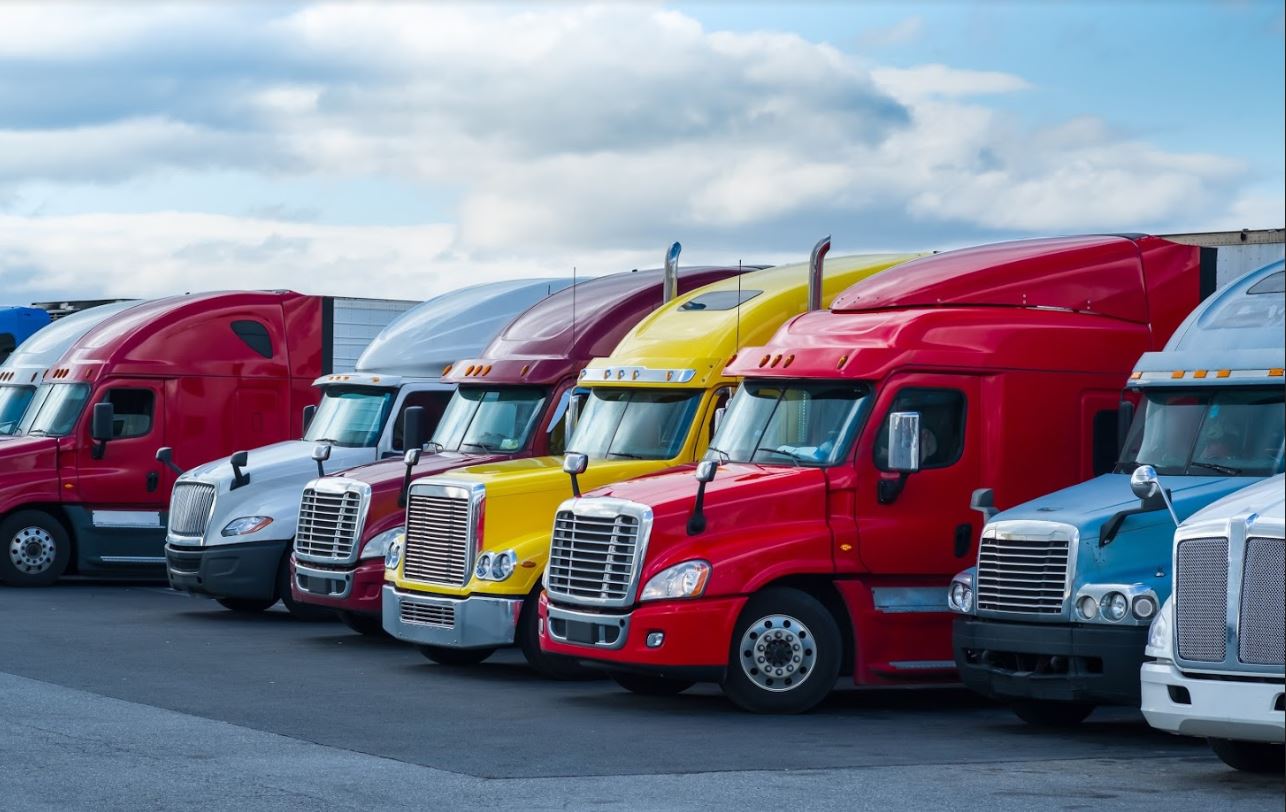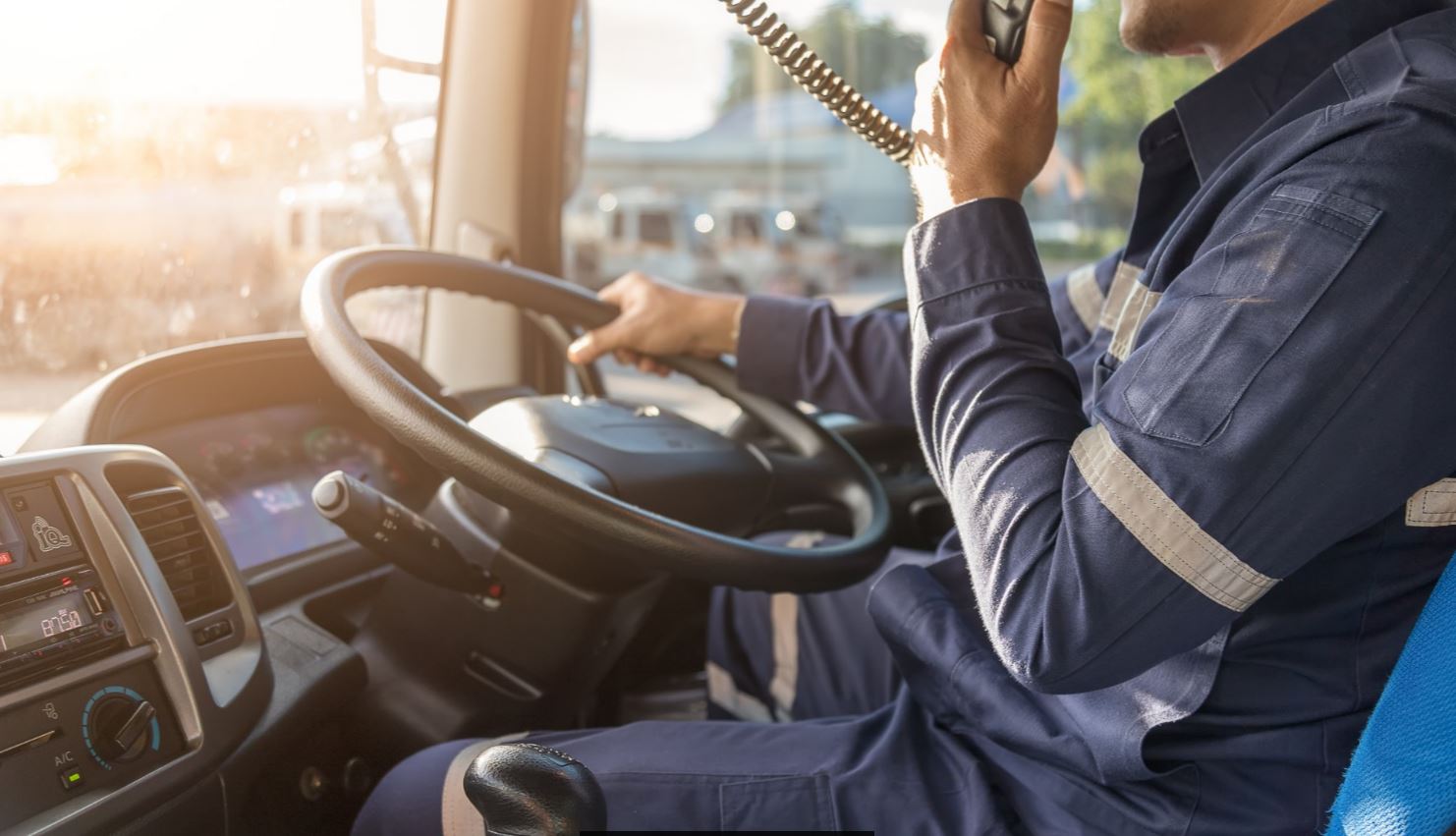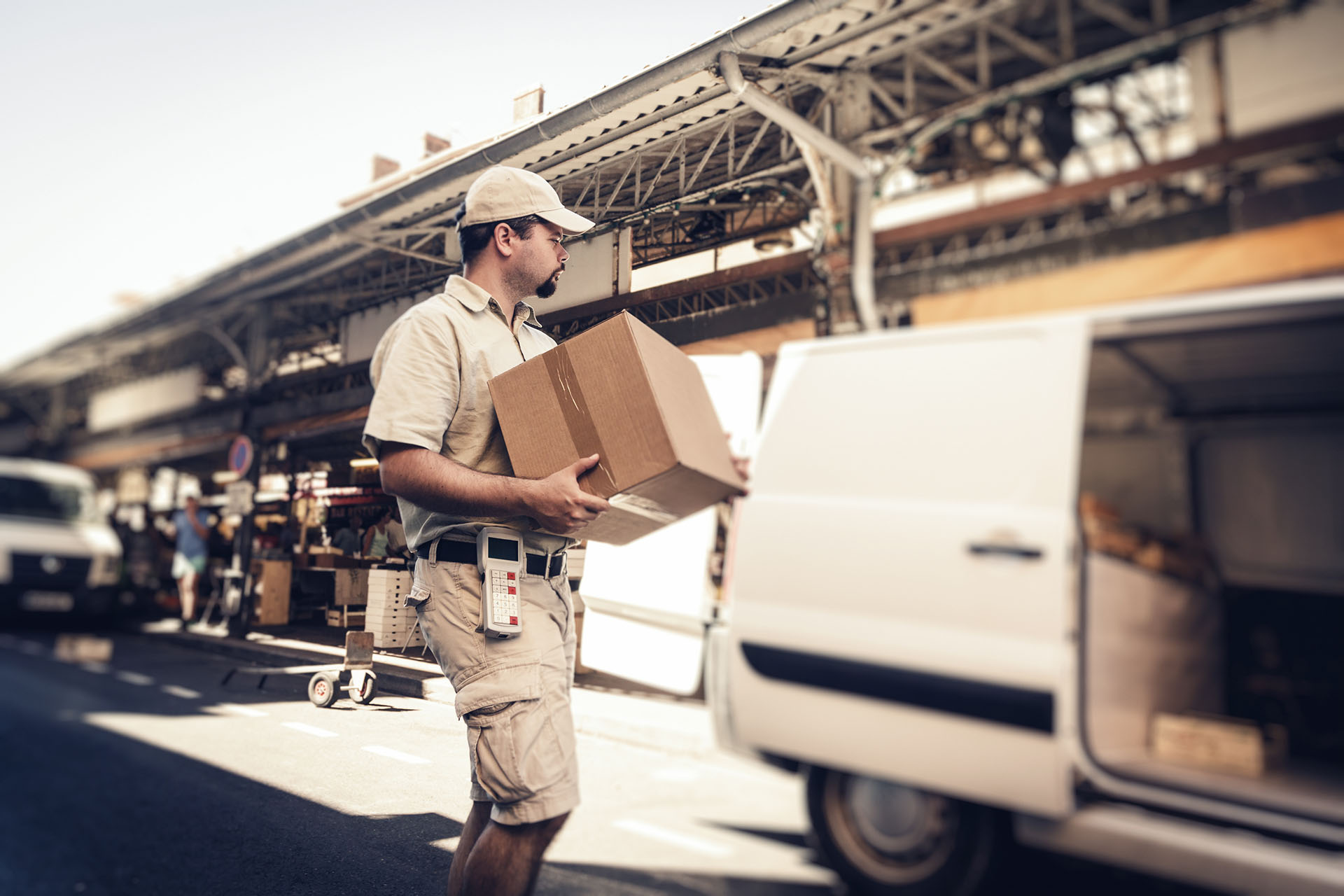While the COVID-19 pandemic remains a global emergency, restrictions are gradually lifting in many areas and non-essential business is picking up the pace. Despite this, the virus is still having a huge impact due to ongoing trade and travel restrictions—and logistics, together with other fleet-running companies, remain some of the hardest hit.
Fleet managers have a big job on their hands in the coming months. They need to ensure continuous service to their customers under demanding circumstances while keeping costs down when budgets are already extra-lean—all while adhering to social distancing rules and restrictions.
It’s not an easy job, which is why many are turning to tech to help them operate profitably and productively. Read on to discover how telematics can help keep fleets moving through COVID-19.
1. Run Fleets More Economically
In a cooler economy, it’s more important than ever to operate efficiently. With less overall demand for certain items, you may find your business slows down momentarily. Rest assured, business will pick up again—and your customers need you to be available when it does. To save you having to make knee-jerk decisions, such as layoffs or downsizing your fleet, you should first do what you can to get the most out of what you do have.
Fleet management software can help you operate as efficiently as possible—and metric tracking, in particular, is especially useful. Measuring certain things (e.g., fuel costs, miles traveled, odometer readings) can provide valuable insight into how your assets are being used. This, in turn, can help you make better decisions.
For example, fuel takes up 30% of your total fleet operating costs. While you can’t control fluctuating fuel prices, you can monitor consumption through the fleet management software that will provide you with vehicle’s engine data and analytics. You can also manage things like idling time and aggressive driving, both of which have an impact on fuel usage and, consequently, expenses.
2. Coach and Train Drivers Remotely
To adhere to social distancing, many fleets are taking advantage of remote coaching to provide important training without the need for another person in the cabin. This is where in-cabin voice capabilities and real-time assistance tools come in handy.
“Technologies like Fleet Complete that leverage telematics are key to safety in the trucking industry,” said Sandeep Kar, Chief Strategy Officer of Fleet Complete in a recent interview with Business and Tech. “They provide in-cab coaching and real-time driver assistance tools that help improve on-road performance and safer driving. There are distress buttons and other safety features that provide an extra security layer and help deter any unauthorized access into the vehicle. Technology is helping the trucking industry to take bigger, speedier strides towards a more balanced work/life approach and to ensure drivers arrive home safely.”
3. Plan Routes in Real-Time
Certain goods—especially food and medical supplies—are in high demand, and it’s up to the carriers to get things where they’re most needed quickly and efficiently. Even if there isn’t a high demand for certain things at the moment, this could all change in the blink of an eye.
With telematics, you can plan routes, pick the fastest times, monitor driver progress, and send updates to the customer—all in real-time. Route planning is about more than just getting things from point A to point B: it’s being more proactive than reactive, and being ready to adapt to challenges in real-time.
A recent survey by MetaPack revealed that “37% of U.S. consumers and 24% in Canada said they changed delivery preferences ‘on the fly’ after placing their order.” This means fleets need to be agile and responsive, 24/7.

4. Manage Economic Impacts
Most U.S. states have returned to above 95% of pre-COVID-19 commercial driving activity, both in terms of miles driven and vehicles on the road. However, this figure is fluctuating and may change again if a second wave hits.
A change in business—whether that’s more or less—doesn’t need to be a disaster if you manage your operations proactively. A cooling economy usually means you’ll need to downsize your fleet, or at least pull back on the number of vehicles you have out in the field.
With telematics, you can access information about orders and assets and see it all on one screen. You can then use this top-down data to revise your forecasts and plan accordingly. For example:
- See which driver is closest to a job and update their schedule in real-time, saving time and fuel
- Monitor vehicles to ensure drivers aren’t making unnecessary or unauthorized trips
- Monitor assets to ensure you’re not sending out near-empty vehicles
- Assess mileage on each vehicle and right-size your fleet to fit your current business needs and requirements
5. More Efficient Fuel Management
Fuel is one of the biggest expenses when running a fleet—and though prices have recently dipped, you can use telematics to reduce costs even more. Fleet management software can help you track and, therefore, manage a range of useful stats related to fuel management, including:
- Fuel costs, which you can track over time
- Driver behavior, including speeding, harsh acceleration, idling, and unapproved routes—all of which drain fuel fast
- Maintenance schedules to ensure your vehicles are operating as efficiently as possible
6. Asset Tracking
Losing or misplacing loads due to human error can happen, but it’s a costly mistake that may have serious repercussions on your business and its reputation—particularly during these challenging pandemic times. Asset management can help managers track important goods and make informed decisions. When an operative is on the road, real-time updates can be used to reroute deliveries or let customers know the whereabouts of a delivery or a container.
Some fleet management solutions—like Powerfleet (formerly Fleet Complete) Asset Trackers—also include temperature monitoring capabilities, which are especially vital at the moment when food and pharmaceuticals need to reach the client in perfect condition as a matter of urgency.
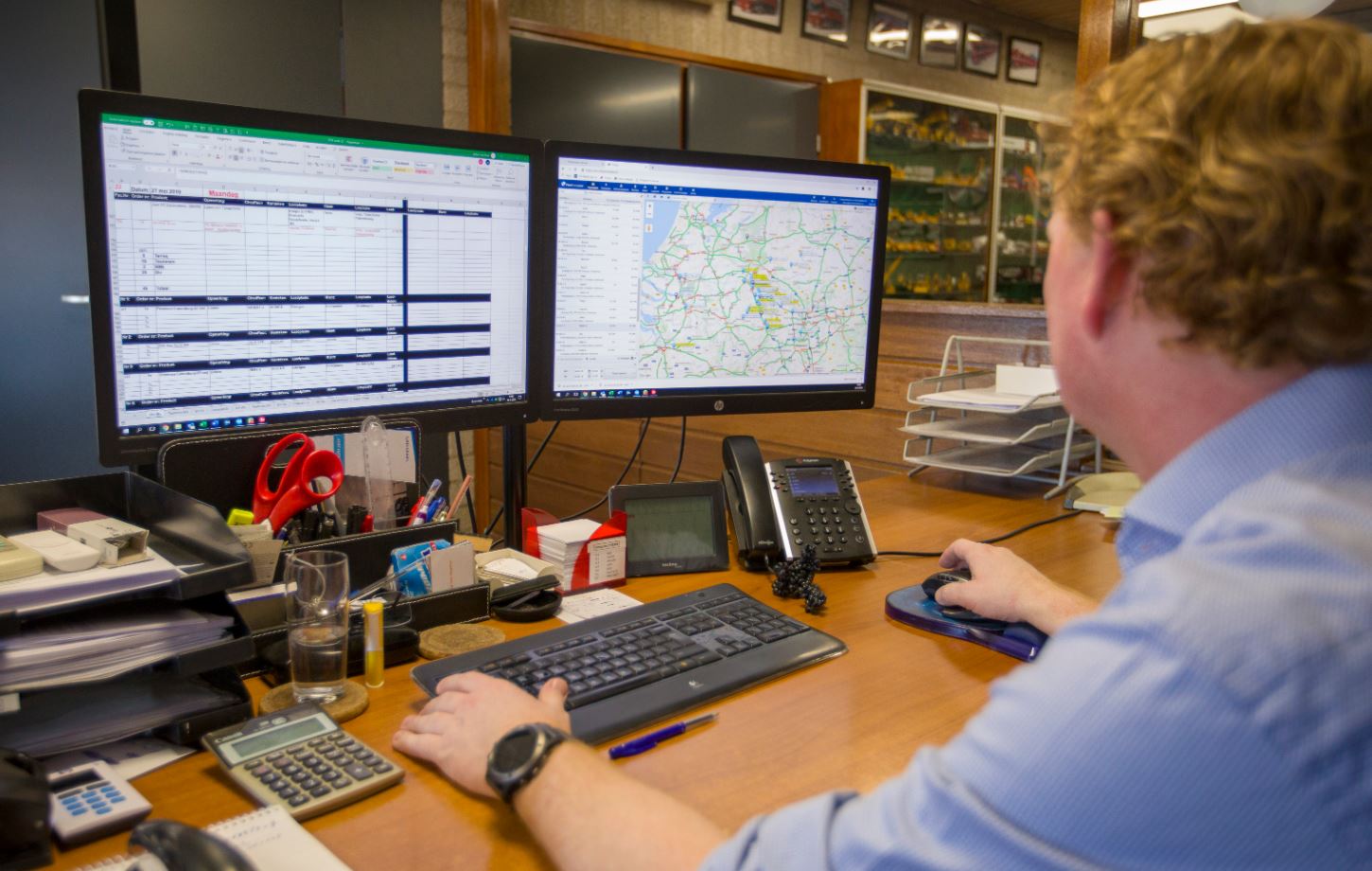
7. Upgrade Driver Safety
First and foremost, it’s important that managers keep their team healthy.
Social distancing is easier with the right tech. Live GPS maps and communication tools decrease the need for drivers to check-in with managers in person. GPS data can also be used for tracing purposes, providing vital information about who a driver may have been in contact with. Get ETA boards to monitor multiple routes, their status, route percentage completed, and traffic conditions on the road.
Using mobile applications like Inspect, for example, you can customize checklists to include COVID-19 health and safety guidelines during every pre- and post-trip vehicle inspection. Set-up specific protocols that fit your business requirements and remind your drivers to disinfect surfaces and keep vehicles clean.
Telematics with live communication tools and applications also allows drivers and HQ to talk to each other remotely using intercom.
If you want to find out how fleet management software can help protect your drivers and keep your fleet moving during COVID-19, learn more by requesting our Powerfleet (formerly Fleet Complete) demo.
Purchasing a fleet management solution for your business does not have to be a tedious effort. Consult one of our business solution specialists to learn more about the benefits of telematics by calling 1-844-944-0824 or book a meeting here.

